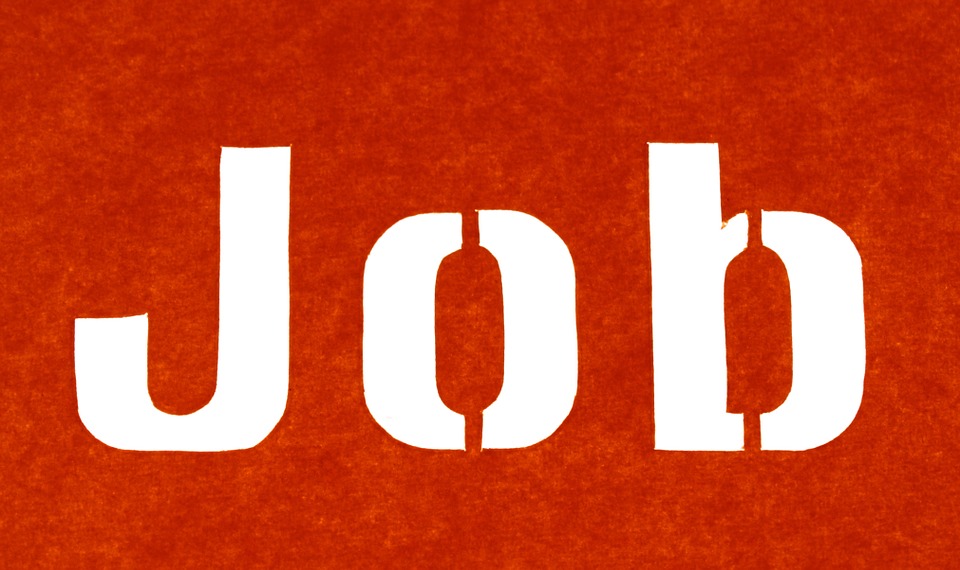Official unemployment figures are missing hundreds of thousands of people, according to a study backed by former Prime Minister Gordon Brown.
An analysis by the Alliance for Full Employment (AFFE), called The Ongoing Wave, has urged a review of official measures of employment and unemployment, as new jobless figures are published this week.
The study claimed that at least 300,000 people were being missed because of the way data was collected and that this could lead to chancellor Rishi Sunak failing to meet the UK’s true needs with the rescue packages for the UK economy being drawn up.
Official figures suggest unemployment in the UK stands at about 1.7 million, about 4.9% of the working population. However, tax records and benefit claims appear to indicate the actual figure could be more than 2 million and likely to rise to 3.5 million later this year, the study claims.
Brown warned that the gap between the official figures and reality would have “devastating real-world consequences” and was a huge error.
He said the government was “spending too little this year on employment programmes like Restart and Kickstart for the young and on encouraging firms to take on apprentices and deliver traineeships. This new evidence means government must launch a far more ambitious and extensive job-creation programme to avert an unemployment tsunami.”
The AFFE said the pandemic had rendered the Office for National Statistics (ONS) conceptual definition and method of measuring unemployment ineffective and added that the figures “do not currently provide a reliable guide for economic assessment of developments in the labour market and policy”.
To find out more about how we can assist you with your Second Charge Mortgage please click here
The official figure for unemployment is based on the Labour Force Survey conducted by the ONS.
The analysis highlighted PAYE tax records that counted the number of paid employees, revealing that the number of paid jobs was now 785,000 lower than the official employment figure.
It claimed tax details showed that just under 300,000 jobs in hospitality, 160,000 in wholesale and retail, and 89,000 in arts, entertainment and recreation were not accounted for in official figures. The departure of foreign nationals who had lost work and were leaving the country could not account for the loss in roles, said the study.
According to the AFFE, the Workforce Jobs (WFJ) Business Survey data released in December covering September 2020 and earlier periods showed a fall in the number of employee jobs of 677,000 between March 2020 and September 2020. This, it said, implied unemployment of 6%.
Workers with no qualifications were over twice as likely to work in a shutdown sector than those with a degree level qualification, stated the study. Workers aged under 30 were over twice as likely to work in a ‘shutdown sector’ than those aged 30 or over.
A fifth of women (20.3%) worked in a shutdown sector, compared with 14.7% of men. “As worryingly – and even before the Brexit effect – the UK manufacturing sector appears to have lost almost 5% of its workforce according to PAYE data,” said the study.
The report stated that plans to cut universal credit should be reversed and the Kickstart programme designed to help young people find work needed to be expanded.
The ONS said: “The pandemic has brought unprecedented challenges of measurement, but the ONS remains confident that the key headline rates we report in our labour market statistics release provide reliable and timely insight on what is happening in the economy.
“In collaboration with HM Revenue and Customs, we have improved the timeliness and the level of detail of data published from the PAYE Real Time Information system, as the report notes, and are widening what we publish from this source. It is only because the Office for National Statistics publishes a wide range of labour market measures that the analysis in this report is possible and, as the report also notes, we have ourselves drawn attention to some of the differences between these measures.”
By Adam McCulloch
Source: Personnel Today
Discover our Mortgage Broker services.



